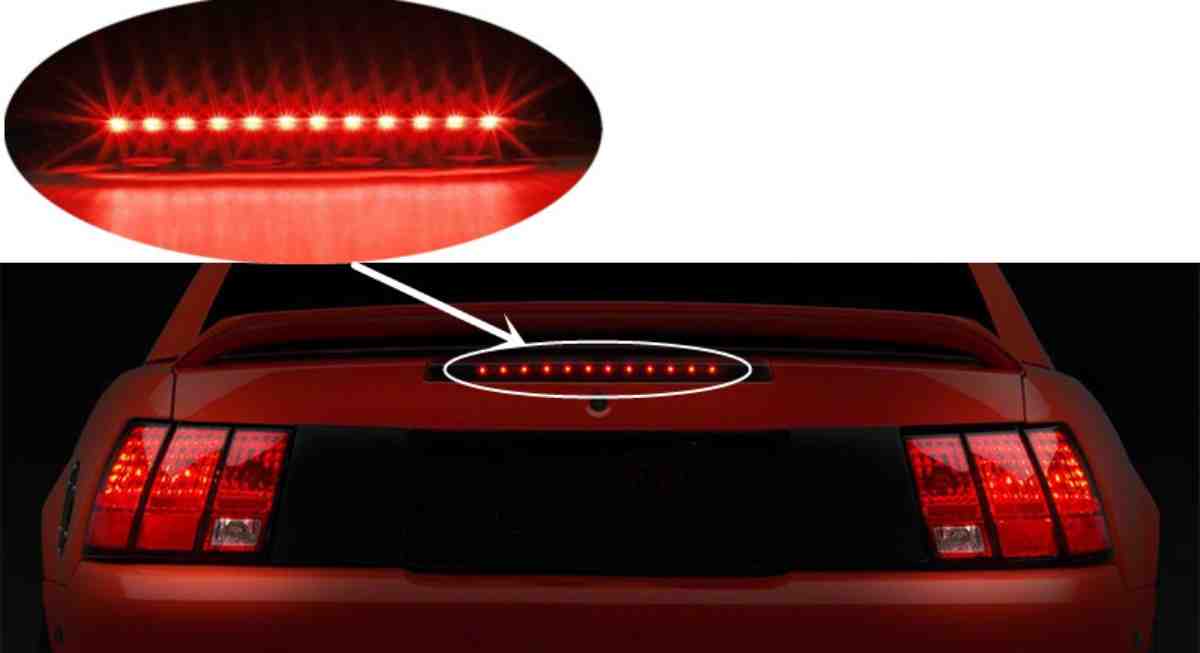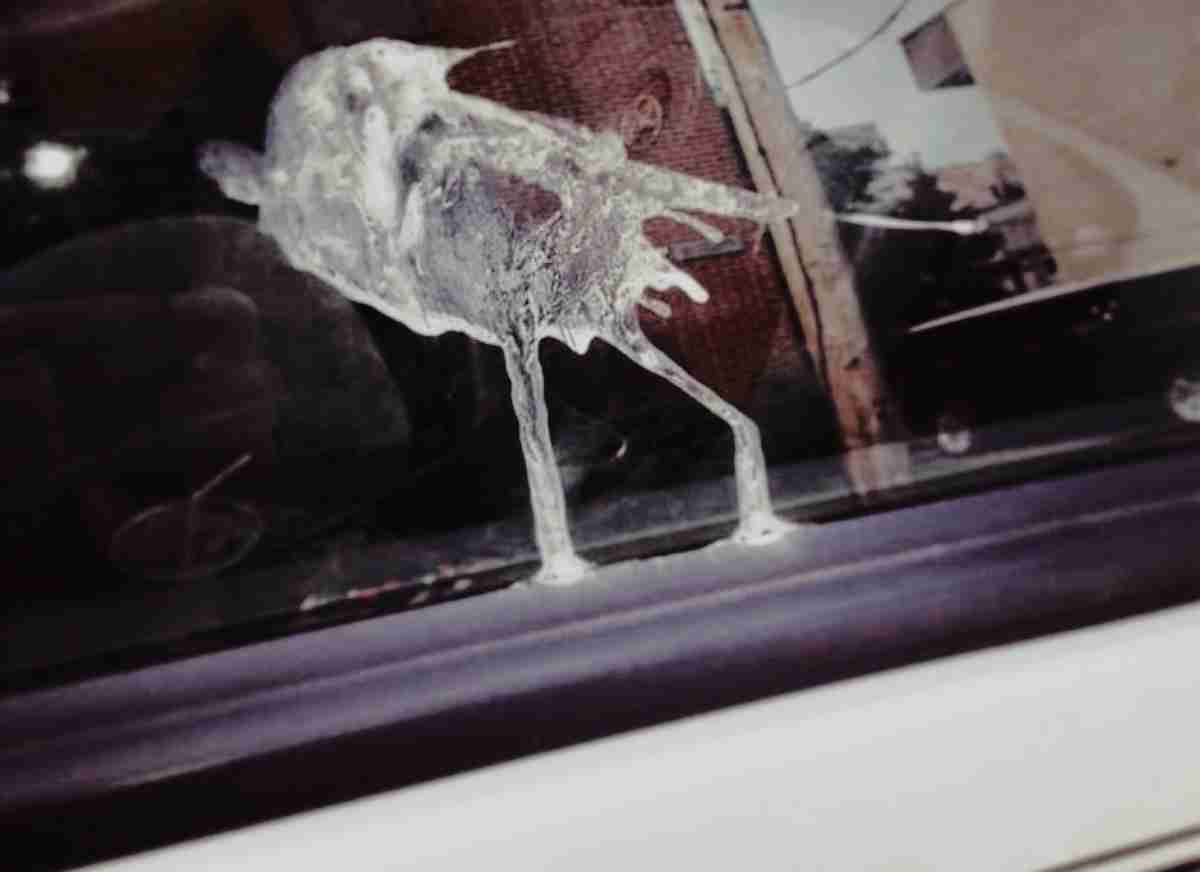This maintenance publication explains the reason for brake lights not working but the third light is. And while some of the reasons are self-fixable, others require the attention of a professional mechanic to get them fixed.
Brake lights turn on just by matching and releasing the brake pedal. When it does not come on, a lot could be wrong, which this guide attempts to explain and help you to find the problem.
You typically require a volt-ohm meter or a LED test light for diagnosis. You need to also be able to use the tools properly. For instance, the tool probe point should only touch the contact when you are inspecting for the brake light problem. If you push the probe into a light socket, contacts will spread, causing socket failure.

Brake lights not working but third light is – Causes and fixes
When your brake lights will not work but the third light is, consider the following possibilities:
-
Broken brake light switch cushion pad
This pad can cause your brake light to stop working, though the third light is when it falls out. Here, the brake pedal stops making contact with the switch.
Read also: bleeding brakes the correct way
Your car (such as Honda and Toyota) may use small plastic pads that aid the switch to make contact with the pedal whenever it is released. Thus, these pads breaking out prevents the switch from getting the needed pressure when released.
In some cases, your switch may slip out of position, which widens the gap between the plunger and the pedal.
The brake booster can fail, preventing the pedal from reaching the switch. The fix is to pull the brake pedal to see if pedal position error or switch misalignment is the problem.
How to fix
If you figure out that the pad is gone, get a replacement. If the brake light switch is out of position, try to get it pushed into position. If the switch plunger is not making contact with the pedal, make sure to adjust it suitably.
-
Bad wiring socket, lamp, or turn signal switch
Bad wiring socket and lamp can be the reason your brake lights are not working but third light is.
Also, turn signals can cause your third light to turn on but brake lights won’t. if your car uses the same lights for brakes and turn signals, the brake light will not work if the turn signal switch is bad. In this case, your brakes and turn signals are using the same circuit.
Read also: squeaky wheel at turns fixed
When using the turn signal switch, it cancels the brake light signal, depending on the side you select. Thus, the brake light is interrupted if the bad turn signal switch is faulty.
Note that a broken switch wire can be responsible for the brake lights not turning on. The third brake light does not usually work with turn signals, so a bad turn signal switch will not cause it to stop working.
How to fix
Get emergency flashers to look for faulty wiring, socket, and lamp. If your emergency flashers work, they could be blown fuses. Otherwise, the turn signal switch needs to be worked on.
-
Faulty brake light switch
A faulty brake light switch could be the reason your brake lights refuse to work, although the third light is functional. In this case, if the contact gets stuck, the switch may still supply power, even when you release the brake.
How to fix
The simple solution is to replace the switch. First, try to test the switch. If it is an analog switch, this should be easier. However, your car may be using digital sensors rather than a switch, depending on the model, which is a little complicated to fix. You need professional service for a switch that uses sensors.
Read also: F250 dome light fix: what to know
To fix the brake light switch on an analog model, you need to remove the switch following the automaker’s manual guide or online. Now, test for terminal continuity using a wiring diagram and ohmmeter. The purpose of the wiring diagram is to show you the right terminals to check.
If there are 2 terminals, the continuity will show in one position and an open circuit in the other. If your car uses multiple brake pedal switches or your switches use multiple sets of contacts, use the wiring diagram and follow the color codes or terminal numbers for easy identification.
Using the wiring diagram
The wiring diagram helps to determine the leads with continuity and when. After depressing the brake, you should know continuity from the brake-lamp portion of the switch. After releasing the brake, it should return to the top position. The brake light switch should then change to an open circuit.
However, if there’s no continuity when the pedal is released, or the open-circuit shows when depressed, the switch is faulty.
-
Blown fuse
A blown fuse could be the reason you’re your lights won’t work but the third light is. But if your think the fuses are good, the brake light switch is probably the culprit.
How to fix
To fix the problem, if a blown fuse is the cause, emergency flashers could be useful for your brake light diagnosis. Emergency flashers use the same bulbs, sockets, and wiring as the vehicle brakes.
If the brake lights turn on when you turn on the emergency flashers, the wires, bulbs, and sockets are working. The fix may be to inspect for a blown fuse. Some cars use multiple fuse boxes, so refer to the owner’s manual or service data for the fuse box location of the brake lights. If the fuse is faulty, make sure to replace the fuse with the same type of fuse.
-
Broken wires and bad connectors
Suppose a black wire is the circuit ground and a red wire is the brake light power lead. When you match the brake pedal, the red wire should show 12 volts since the current is actively flowing. Otherwise, a circuit problem is keeping your brake lights from coming on.
While still holding the brake pedal, the wire should show below 0.1 volts when checked to the body ground. If the voltage is more, it indicates high resistance in the ground circuit. A full system voltage between the system ground and black wire could mean broken/missing ground.
An ohmmeter can also be used to check for continuity between the black lead and body ground.
How to fix
To find and fix a broken circuit or bad connector, you need a wiring diagram for your car’s system. Begin checking for ground and voltage from one end of the circuit. If you can’t find any of them, inspect the other end of the circuit.
Read also: one side tail light won’t function
Power and ground at this point indicate the problem is in the second half of the circuit. Voltage and ground, however, suggest you have to select a midway point. However, if there is no power or ground, the first half is the issue.
You’d have to repeat the procedure and divide the circuit in half until you detect the problem. This is quite complicated and requires the services of a mechanic.
-
Faulty light sockets and connectors
The sockets and connectors could be the reason your brake lights stop working but the third light is still working.
You need to check the sockets closely to see if it is discolored, corroded, or distorted. Hold down the brakes and use a voltmeter to lightly touch the terminals to check the voltage. If there’s no terminal voltage, the socket wires need to be back-probed. If this is not possible, use a straight pin to pierce the wire insulation behind the socket. Ensure to seal any area you pierced to avoid potential issues.
If there’s no voltage in the side not working, the problem could be a bad turn signal switch or a broken connector. If there’s voltage present between the ground and wires, you need to check the ground continuity.
Use an ohmmeter to look for continuity between the ground wire and ground that is good. If the ground is good, get a replacement socket, making sure to fix any insulation damage during the test.
-
Faulty bulb filament
The bulb or socket could be the reason only your third light is working and the brake light is not.
How to fix
Check if the lamp will come on using emergency flashers, otherwise, the bulbs or sockets are faulty. If the bulb filament is bad, get a replacement. You could also substitute a good bulb to confirm if the bulbs are indeed bad.
If the cause of your brake light not working when third light is working is not easy to detect, contact a professional mechanic for a specialized minor and major diagnosis.
![6 Reasons Your Car Accelerates on Its Own [Fixed] 6 Reasons Your Car Accelerates on Its Own [Fixed]](https://sanedriver.org/wp-content/uploads/2022/04/PicsArt_04-22-11.11.44.jpg)
![Front Wipers Not Working But Back One is [Mechanic Explains] Front Wipers Not Working But Back One is [Mechanic Explains]](https://sanedriver.org/wp-content/uploads/2022/07/PicsArt_07-13-01.40.20.jpg)
